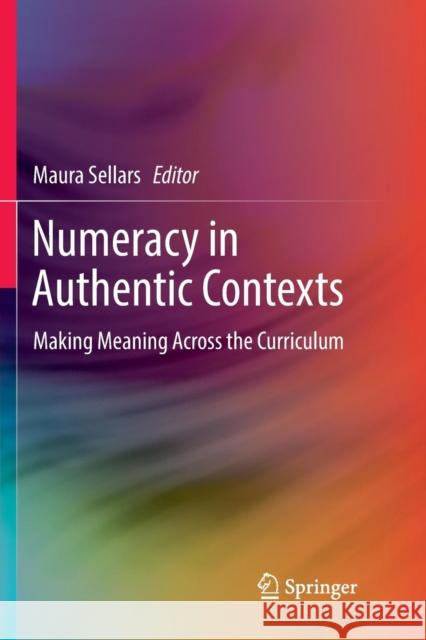Numeracy in Authentic Contexts: Making Meaning Across the Curriculum » książka
topmenu
Numeracy in Authentic Contexts: Making Meaning Across the Curriculum
ISBN-13: 9789811354779 / Angielski / Miękka / 2019 / 453 str.
Numeracy in Authentic Contexts: Making Meaning Across the Curriculum
ISBN-13: 9789811354779 / Angielski / Miękka / 2019 / 453 str.
cena 403,47
(netto: 384,26 VAT: 5%)
Najniższa cena z 30 dni: 385,52
(netto: 384,26 VAT: 5%)
Najniższa cena z 30 dni: 385,52
Termin realizacji zamówienia:
ok. 22 dni roboczych
Bez gwarancji dostawy przed świętami
ok. 22 dni roboczych
Bez gwarancji dostawy przed świętami
Darmowa dostawa!
Kategorie:
Kategorie BISAC:
Wydawca:
Springer
Język:
Angielski
ISBN-13:
9789811354779
Rok wydania:
2019
Wydanie:
Softcover Repri
Ilość stron:
453
Waga:
0.64 kg
Wymiary:
23.39 x 15.6 x 2.39
Oprawa:
Miękka
Wolumenów:
01
Dodatkowe informacje:
Wydanie ilustrowane











